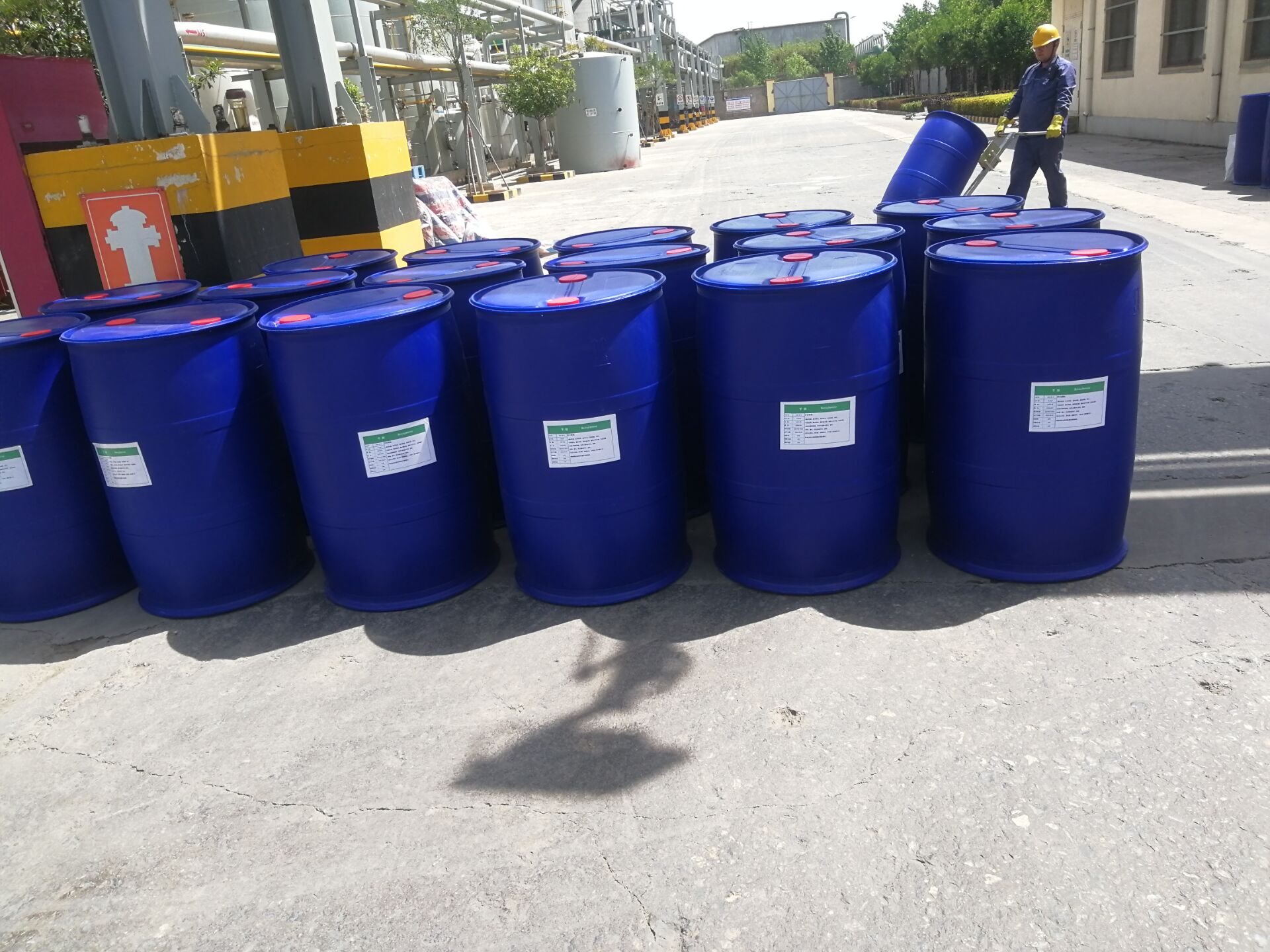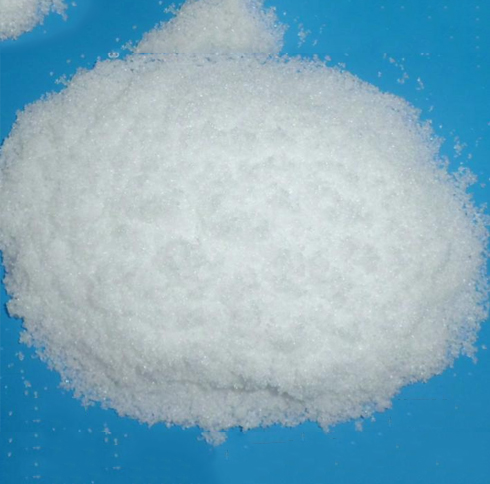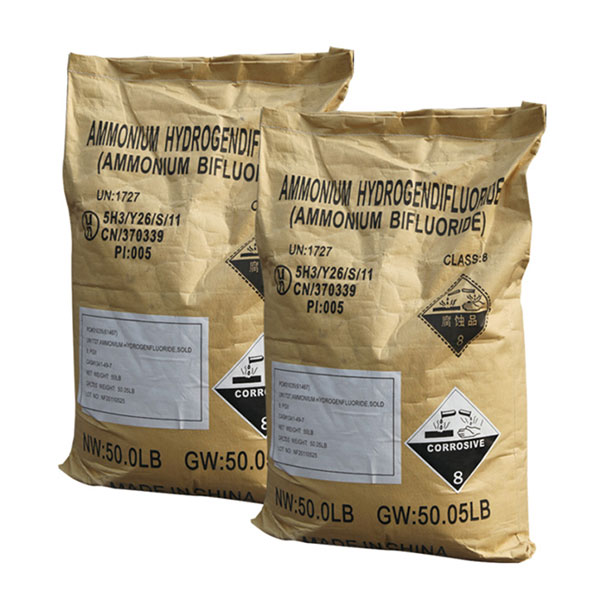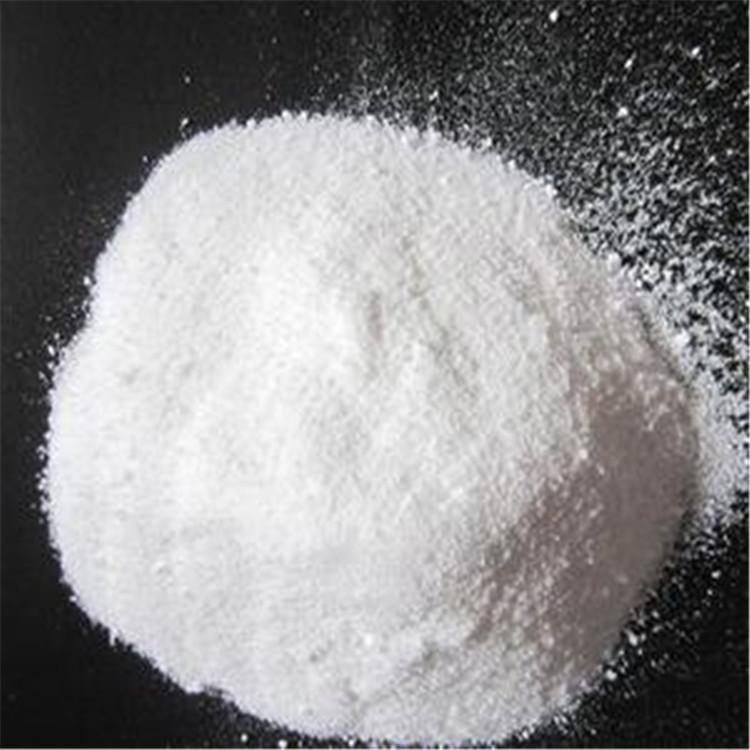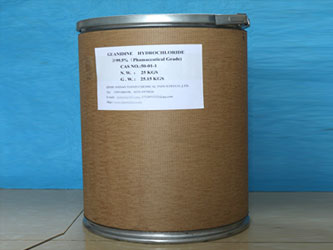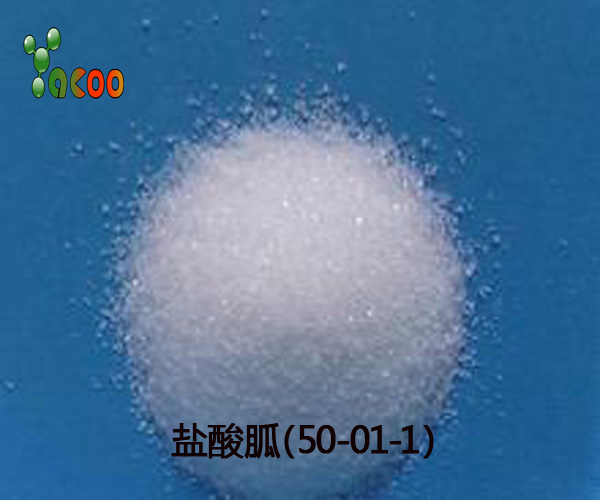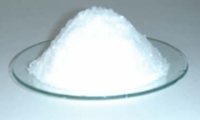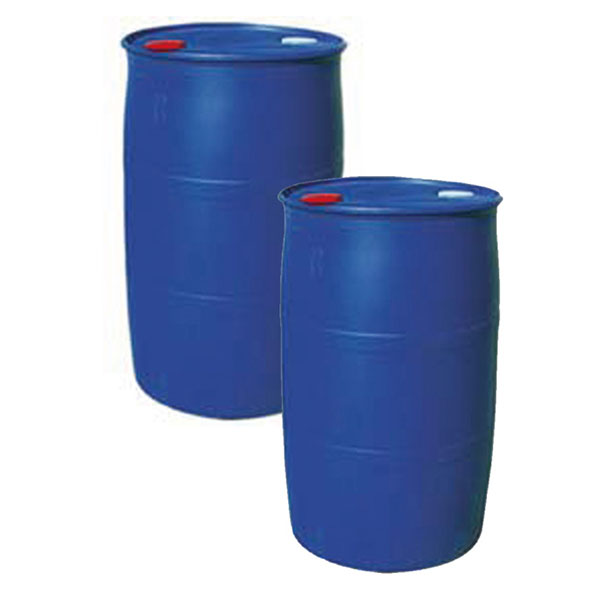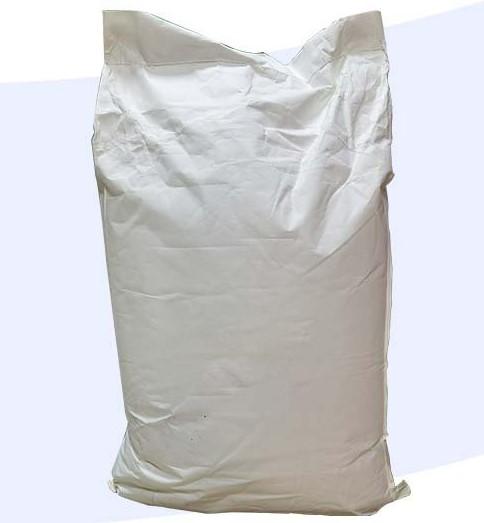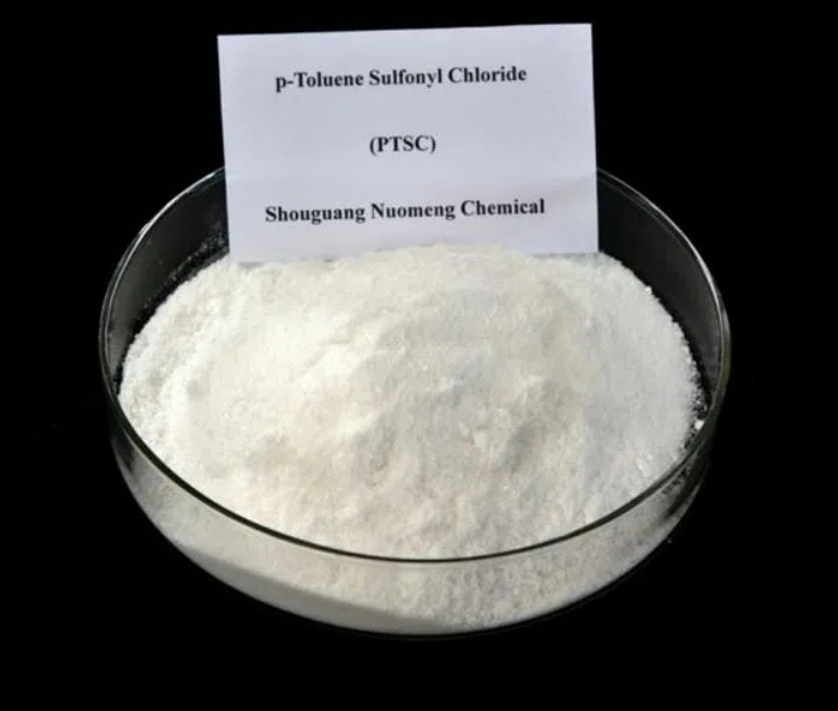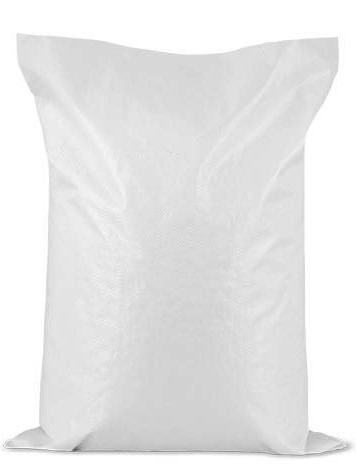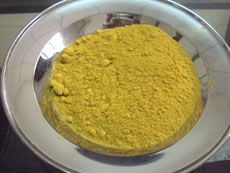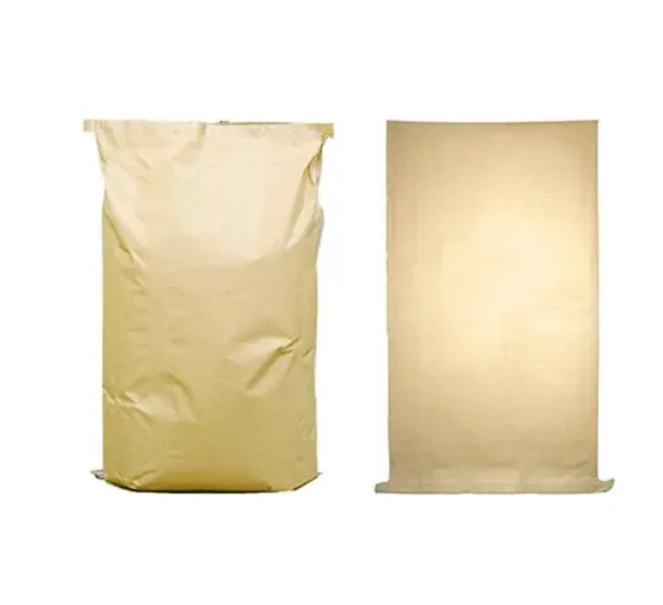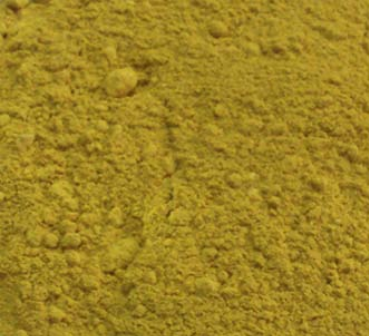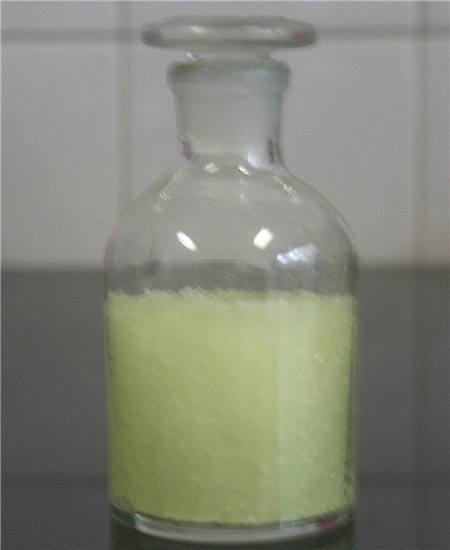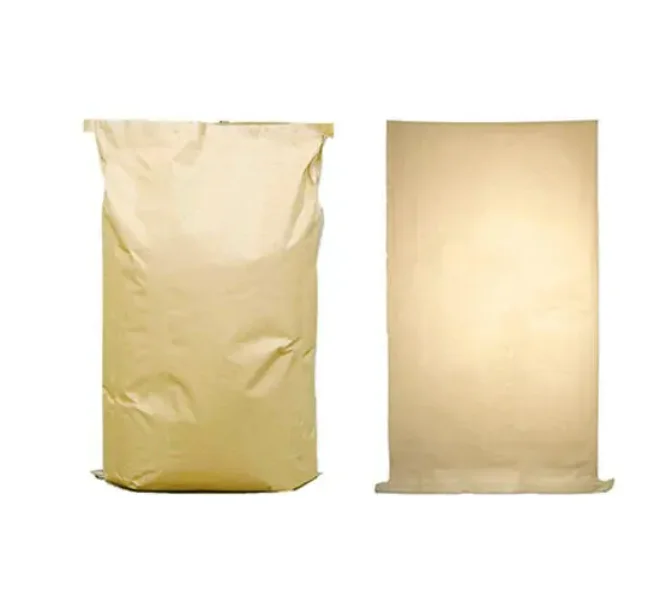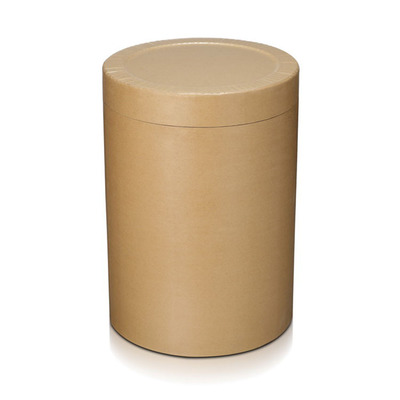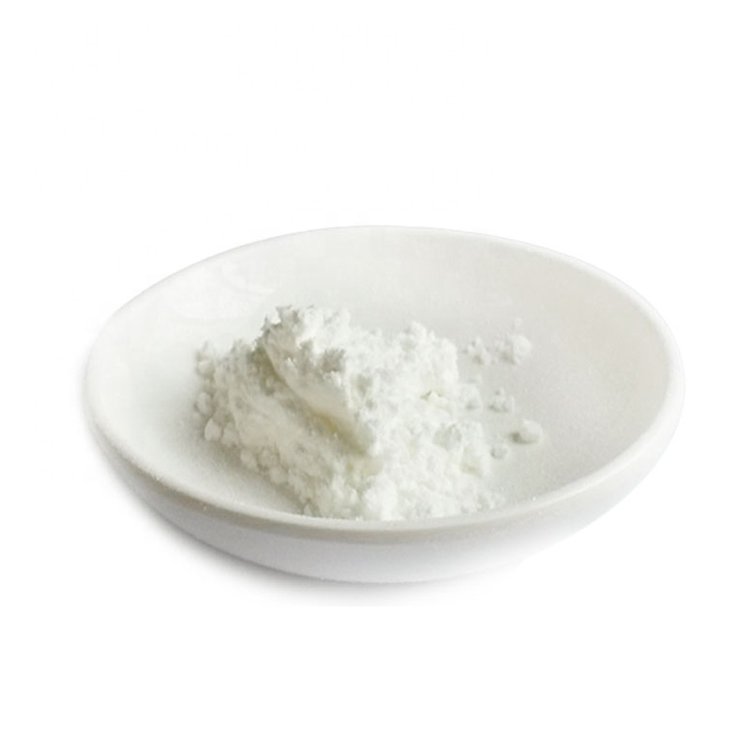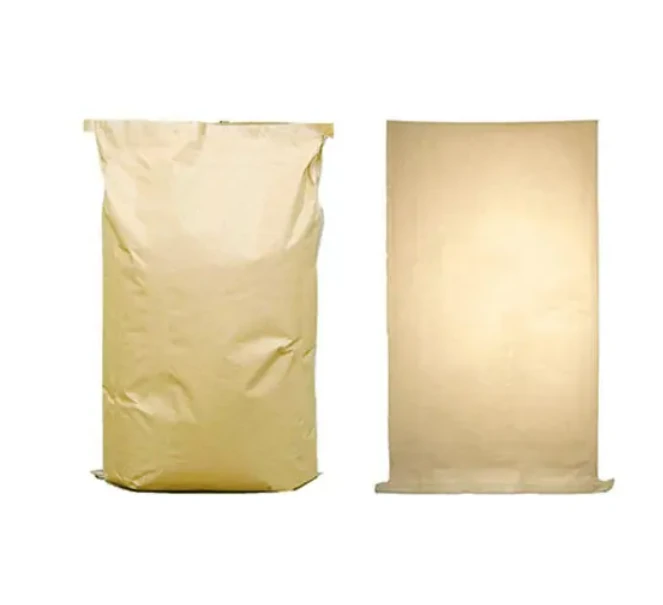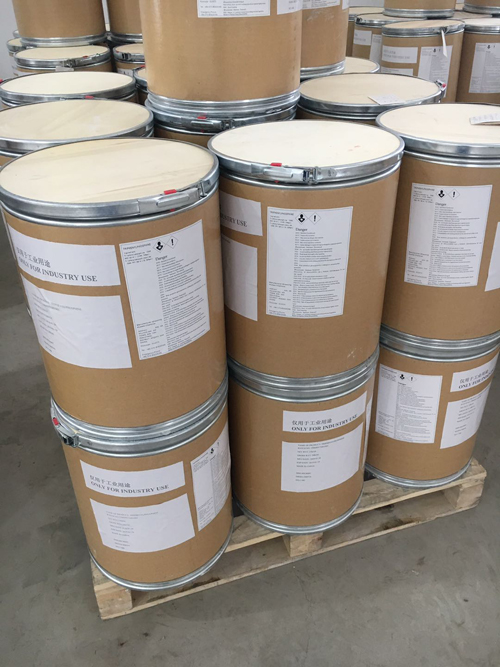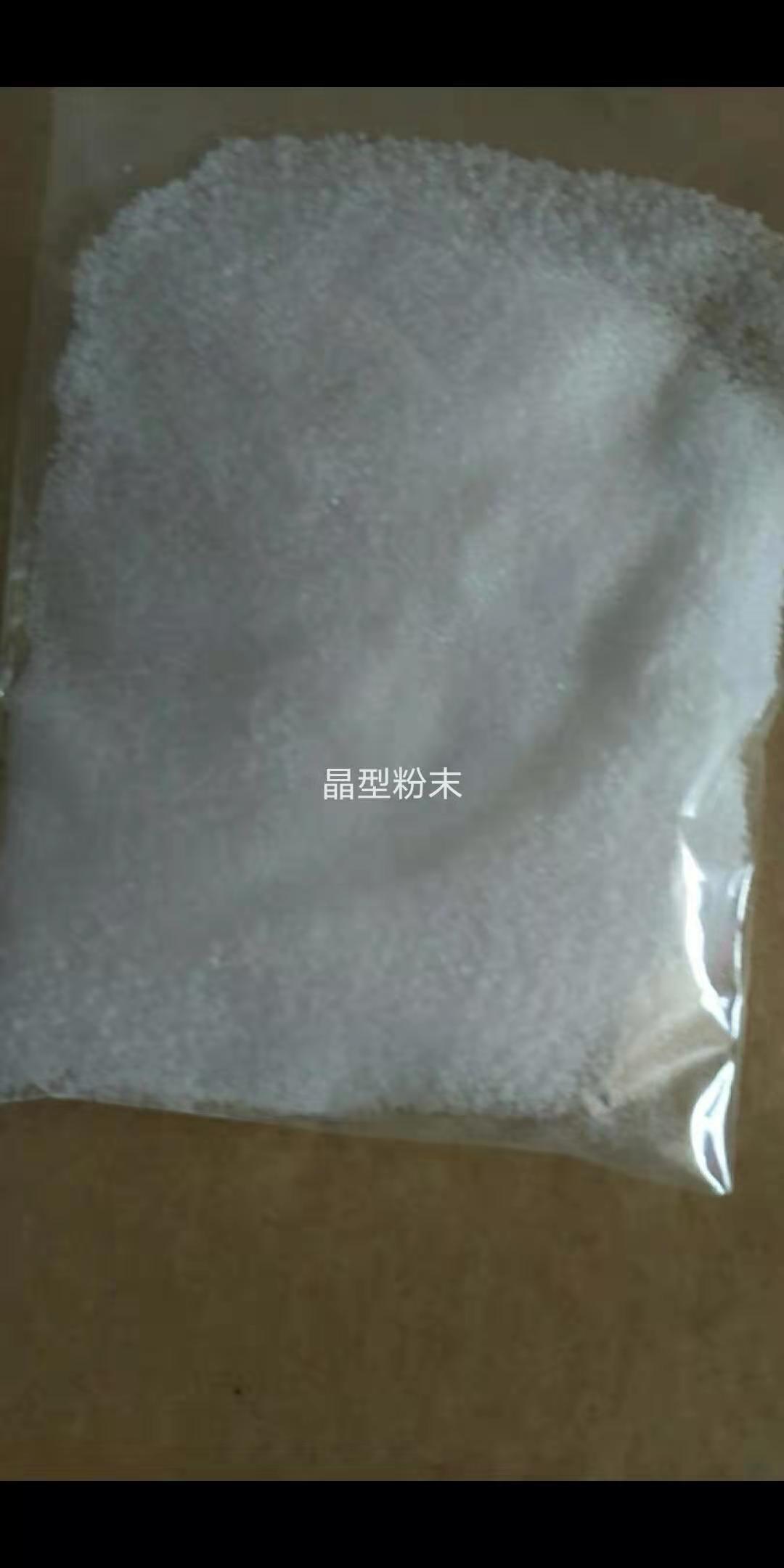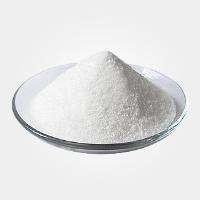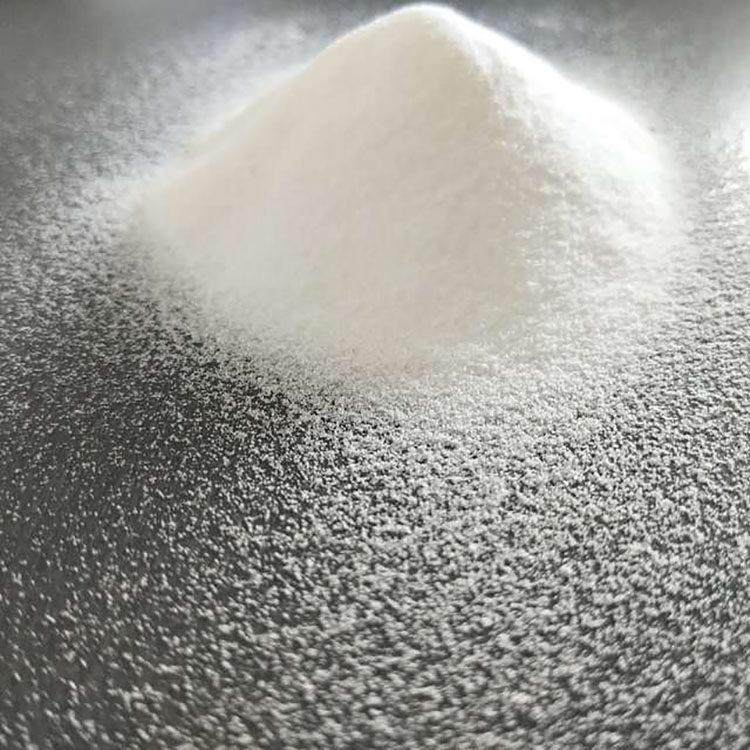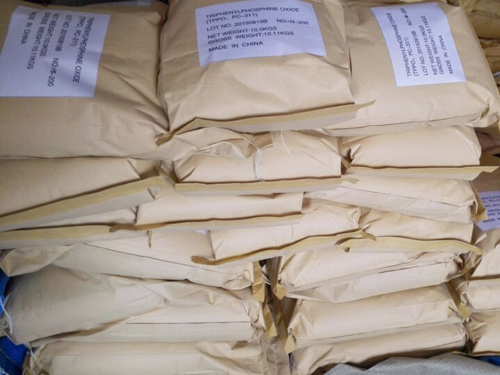Agrochemicals
Find
1225
related chemicals for you
CAS:50-01-1
Molecular Formula:CH6ClN3
Alias
More Information
Guanidinium Chloride; Guanidine Hcl; Guanidine, Monohydrochloride; Guanidine;Hydrochloride
Brief Introduction
Guanidine hydrochloride, chemical name amidine hydrochloride, is a white or yellowish block, almost insoluble in acetone, benzene and ether. It can be used as medicine, pesticide, dyestuff and other organic synthetic intermediates. It is an important raw material for manufacturing sulfadiazine, sulfamethylpyrimidine, sulfadimethylpyrimidine and folic acid. It can also be used as antistatic agent for synthetic fiber.
Suppliers
View More Vendors (6) >
CAS:98-59-9
Molecular Formula:C7H7ClO2S
Alias
More Information
4-Tosyl Chloride; 4-Methylbenzenesulfonyl Chloride; 4-Methylbenzenesulphonyl Chloride; 4-Toluenesulfonyl Chloride; 4-Toluolsulfonyl Chloride; 4-Toluene Sulfochloride; para Toluene Sulphonyl Chloride; p-Toluenesulfonyl Chloride; Benzenesulfonyl Chloride, 4-Methyl-; p-Tosyl Chloride; para Toluene Sulphnyl Chloride; PARA Toluene Sulfonyl Chloride
Brief Introduction
The product is an intermediate of disperse dyes, ice dyes and acid dyes. It is also used in the production of the drug Metsulfuron.
Suppliers
View More Vendors (6) >
CAS:99-30-9
Molecular Formula:C6H4Cl2N2O2
Alias
More Information
Botran; Ditranil; Dicloran; Benzenamine, 2,6-Dichloro-4-Nitro-; 2,6-Dichloro-4-Nitroaniline; 2,6-Dichloro-P-Nitroaniline; 4-Nitro-2,6-Dichloroaniline; Allisan; 2,6-Dichloro-4-Nitrobenzenamine; Bortran; 1-Amino-2,6-Dichloro-4-Nitrobenzene
Brief Introduction
As an important dye intermediate, it can disperse yellow brown 3GL, decompose yellow brown 2RFL, disperse Brown 3R and disperse Brown 5R. In the late 1950s, it began to be sold as a bactericide commodity. As a broad-spectrum agricultural fungicide, it can control Sclerotinia sclerotiorum of sweet potato, kenaf, cucumber, lettuce, cotton, tobacco, strawberry and potato; Soft rot of sweet potato, cotton and peach; Late blight of potato and tomato; Fusarium Wilt of apricot, almond and apple; Smut of wheat; Flower rot of broad bean. Chloronitramine can be mixed with most insecticides, fungicides, Bordeaux mixture and lime sulfur.
Suppliers
View More Vendors (6) >
Changzhou Sali Chemical Technology Co.,Ltd.
≥98%
/
-
CAS:591-27-5
Molecular Formula:C6H7NO
Alias
More Information
3-Amino-Phenol; m-Hydroxyaniline; Fouramine EG; Futramine EG; Phenol, 3-Amino-; meta-Hydroxyaniline; meta-Amino Phenol; Amino-3-Hydroxybenzene; 3-Hydroxyaniline; M-Aminophenol; 1-Amino-3-Hydroxybenzene; Phenol,3-Amino; META Amino Phenol; META Amino Phenol IN China; META Amino Phenol Inchina
Brief Introduction
Used as dye and pharmaceutical intermediate.
Suppliers
View More Vendors (5) >
CAS:603-35-0
Molecular Formula:C18H15P
Alias
More Information
PP-360; Trifenylfosfin; Triphenyphosphine; Triphenylphosphane; Trihenylphosphine; Triphenyl Phosphine; Triphenyl-Phosphin
Brief Introduction
Triphenylphosphine is the basic raw material of rhodium phosphine complex catalyst, which has wide application in domestic petrochemical industry. Triphenylphosphine is also used in pharmaceutical industry, organic synthesis, analysis and other fields. Triphenylphosphine can also be used as a brightener in dye process, an antioxidant in color film development, a stabilizer in polyepoxidation, and an analytical reagent.
Suppliers
View More Vendors (5) >
Inquiry (
10
/ 10
)
Clear All
You can inquire for up to 10 products at a time
Sign In
Error!

